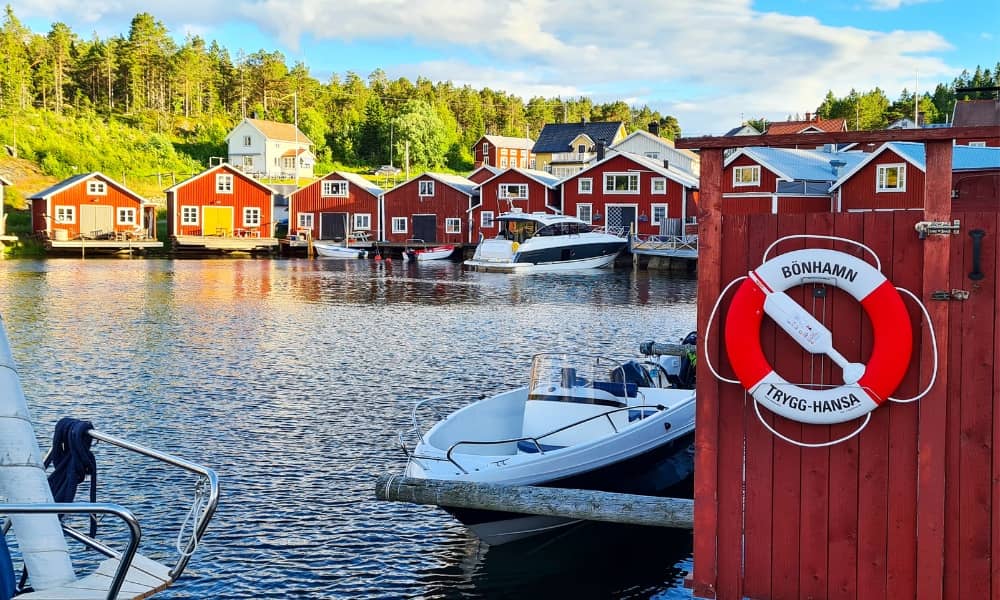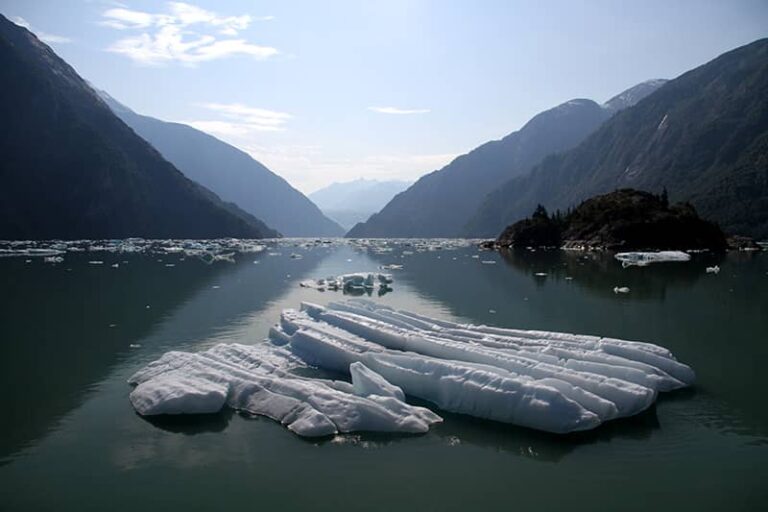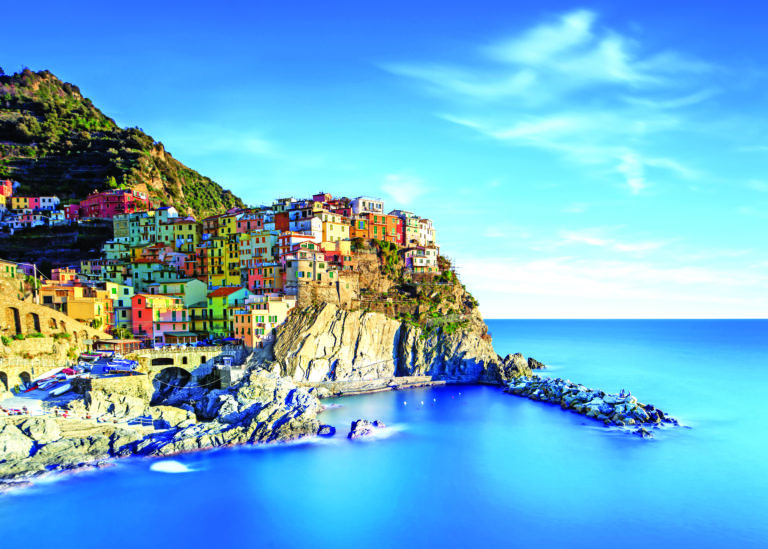After leading you across butter-soft forest soil in a gentle ramble, the wooden planks of the trail abruptly force you into an arduous ascent.
The ‘rational you’ briefly entertains the thought of giving up. But that’s not why you’re here, and you press on.
With every metre, the circular path through Sweden’s Skuleskogen National Park on the Baltic Sea climbs further and the terrain becomes more challenging, less forgiving.
Huge tree stumps, felled by the last winter storm, impede your progress and a wild network of roots demands your utmost attention. The greatest obstacle lies on the eastern flank of Slåttdalsberget: a seemingly endless field of smooth scree that rises into a steep chimney, where you’ll need all your balancing skills.
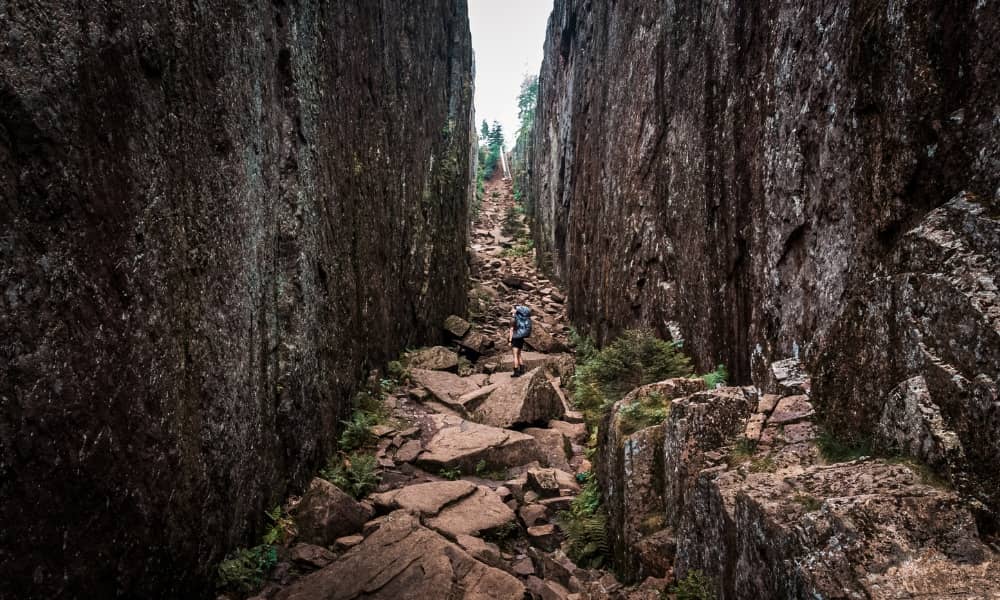
Slåttdalsskrevan is a narrow gorge with gigantic rock walls on both sides. Image: Linda Akerberg/Höga Kusten Destination Development. dpa via Reuters Connect The heat-inducing toil is rewarded with Skuleskogen’s greatest attraction, the Slåttdalsskrevan gorge, where trolls and giants are said to dwell and where robbers once roamed.
Steep faces of red granite tower up to 40 metres on either side of the narrow chasm, at the foot of which it is deliciously cool even on scorching summer days. It’s hard to imagine, but the Baltic Sea once spilled over this stone expanse and surf broke on the cliffs.
The Skuleskogen National Park is like a vast geography textbook flipped open at the glaciation chapter. It tells how inland ice, land uplift and erosion shaped Sweden’s coast, and why this striking landscape 450 kilometres north of the capital Stockholm on the Gulf of Bothnia has been a World Heritage Site since 2000.
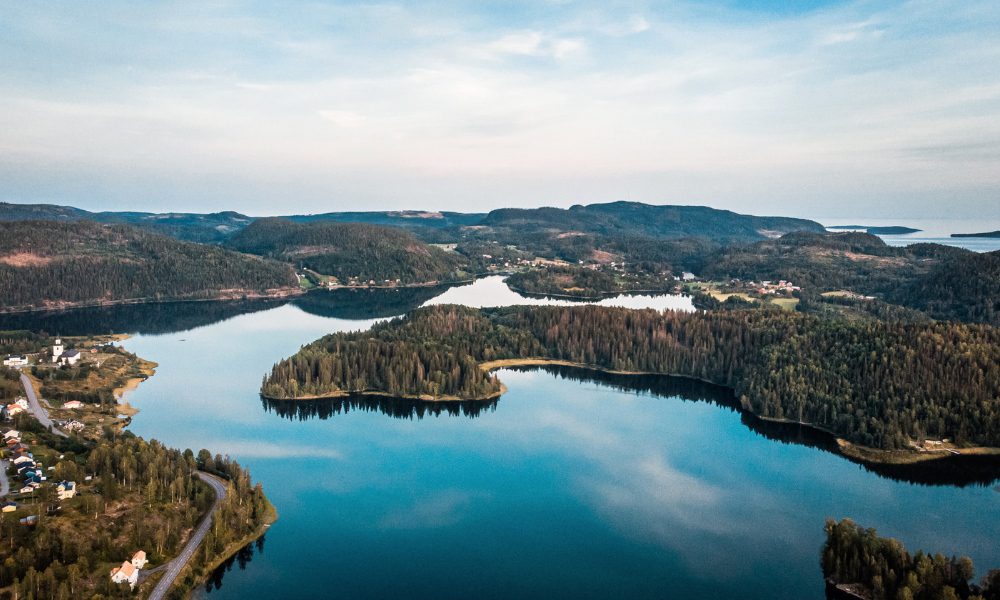
Here on Höga Kusten – the High Coast – the post-glacial uplift, or rebound, is far from complete.
“The land grows by eight millimetres every year, which is more than anywhere else in the world,” estimates Anna Hellgren, head of the local transport office.
On the smoothly polished rocks, where dogs and children alike should be kept close to hand, the magic of this stretch of coast between the towns of Härnösand, Kramfors and Örnsköldsvik is revealed.
However, many European tourists don’t make it here, mainly because of the long journey to this amazing landscape reminiscent of Norway’s fjords – only the Höga Kusten’s mountains barely reach the 300-metre mark.
Those who do are richly rewarded, starting with the tiny islands that greet you from the vastness of the Gulf of Bothnia. Here, tributaries meander deep into the land mass, dotted with villages of wooden houses tucked between the wildflower-strewn meadows and forests.
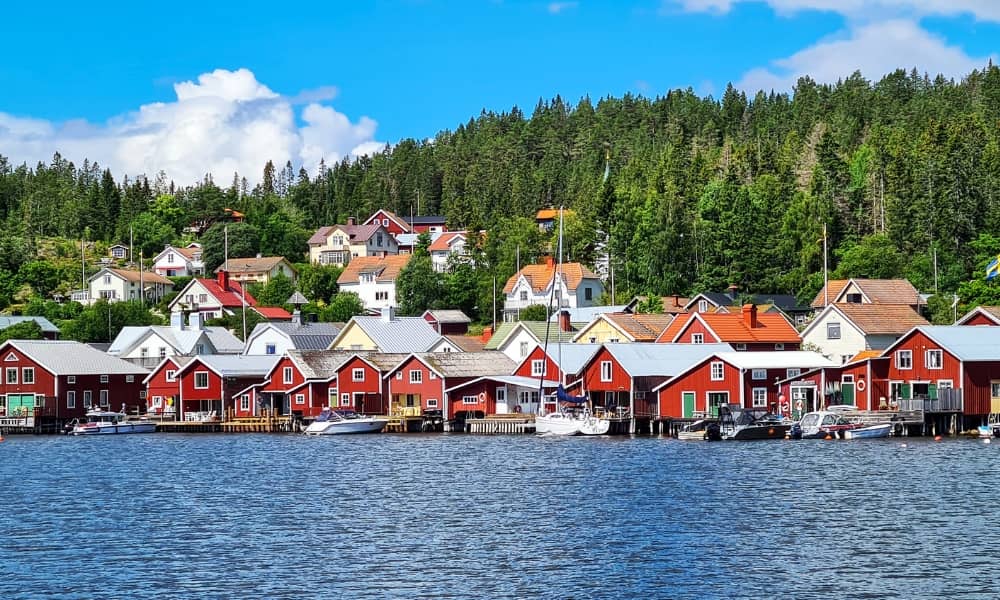
“No forest is as wild as Skuleskogen,” raves Swedish writer Kerstin Ekman about the dense woodland in the national park, with its dark gorges, enchanted lakes and crystal-clear streams.
In the summer months, the area comes alive as the caravans of campers roll over the Högakustenbron, modelled on the Golden Gate Bridge, and yachts moor in the picturesque harbours of Barsta or Bönhamn.
Both were once poor fishing villages whose inhabitants barely had enough to survive. Today, wealthy visitors reside in the refurbished fishermen’s cabins, where the pounding of the Baltic waves lulls the weary inhabitants to sleep.
But it always comes back to the gaunt rock that rules here, epitomised by Skuleberget, which towers above everything in a monolithic tribute to the wonders of glaciation.
During the most recent ice age, the ice sheet in the Höga Kusten area was up to three kilometres thick. Due to its immense weight, the land was compressed about 800 metres. When the ice began to melt around 20,000 years ago, the opposite movement began as the pressure decreased and the ground began to rise again.
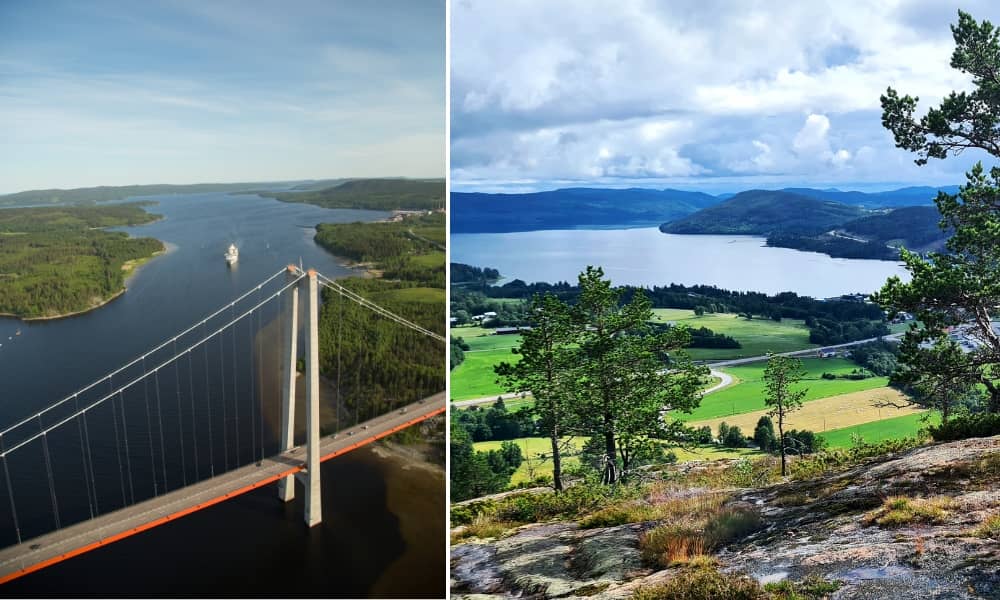
Today, the rebound is still going on beneath your feet: Skuleberget is 295 metres high, and those who visit this natural splendour with its moraine – rock debris – cap in 1,000 years will find a 300-metre peak there.
Large numbers of tourists set out in the mornings to climb to its peak via the eastern and southern mountain paths. The two hiking trails up the mountain are only 2.5 kilometres each, but don’t let the distance fool you. The trails lead over stones and rock and through wet depressions, ensuring sweaty but exhilarating ascents.
The sportiest visitors dare the Grottstigen, or cave path, that take you almost vertically towards the summit, or – equipped with helmet and climbing harnesses – tackle the Via Ferrata, the various fixed rope routes up the rock faces of Skuleberget.
Whichever route you take, once you reach the top, everyone has a typical Swedish “fika,” a short break with coffee and a cinnamon bun, at the Toppstuga summit café – crowned by the exquisite panorama of Höga Kusten.
The hefty prices for beer and wine have the benefit of deterring you from settling in for too long. And when you are done, you may allow yourself a final luxury after your epic feat – a nice smooth cable-car ride down.


